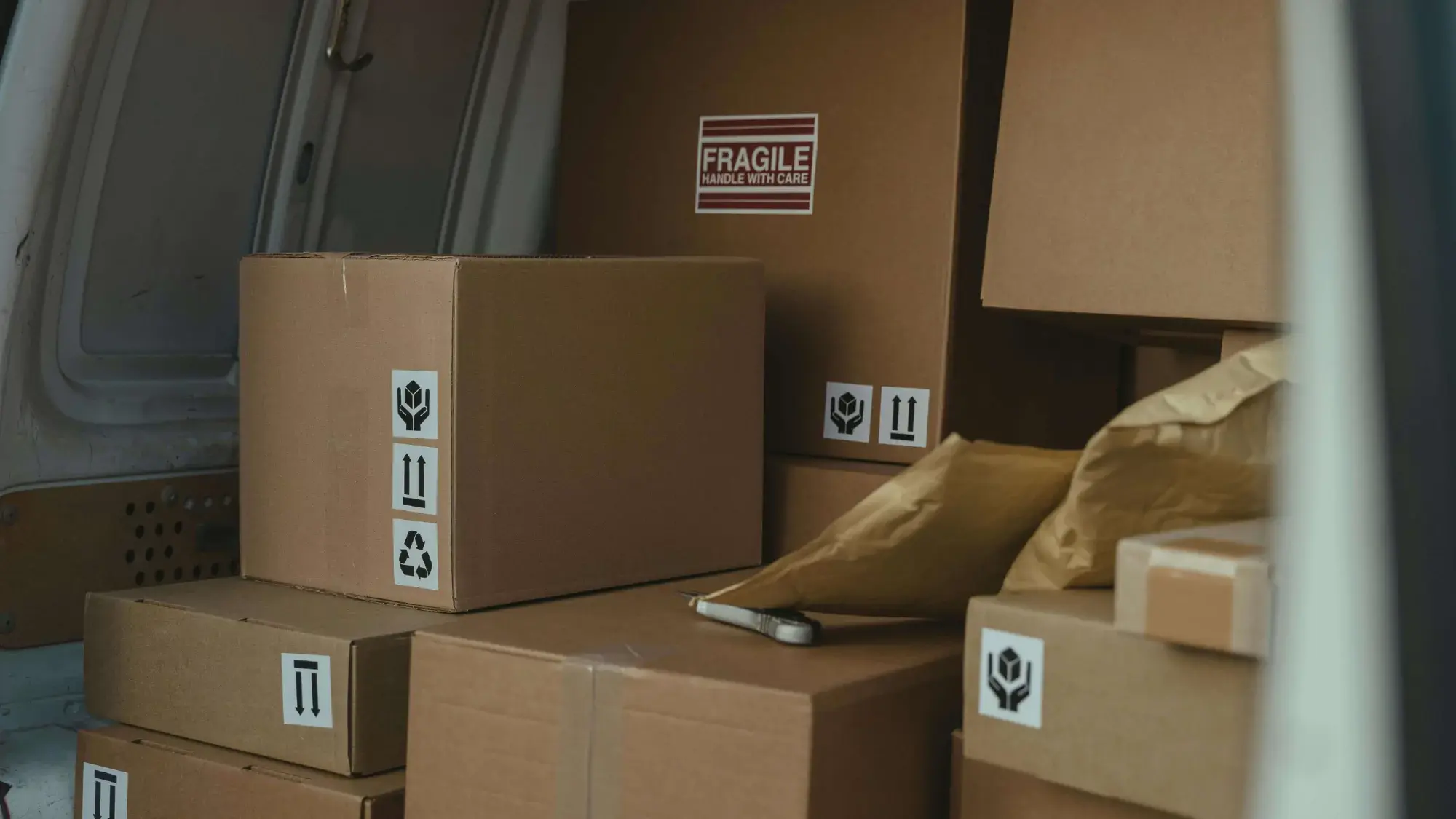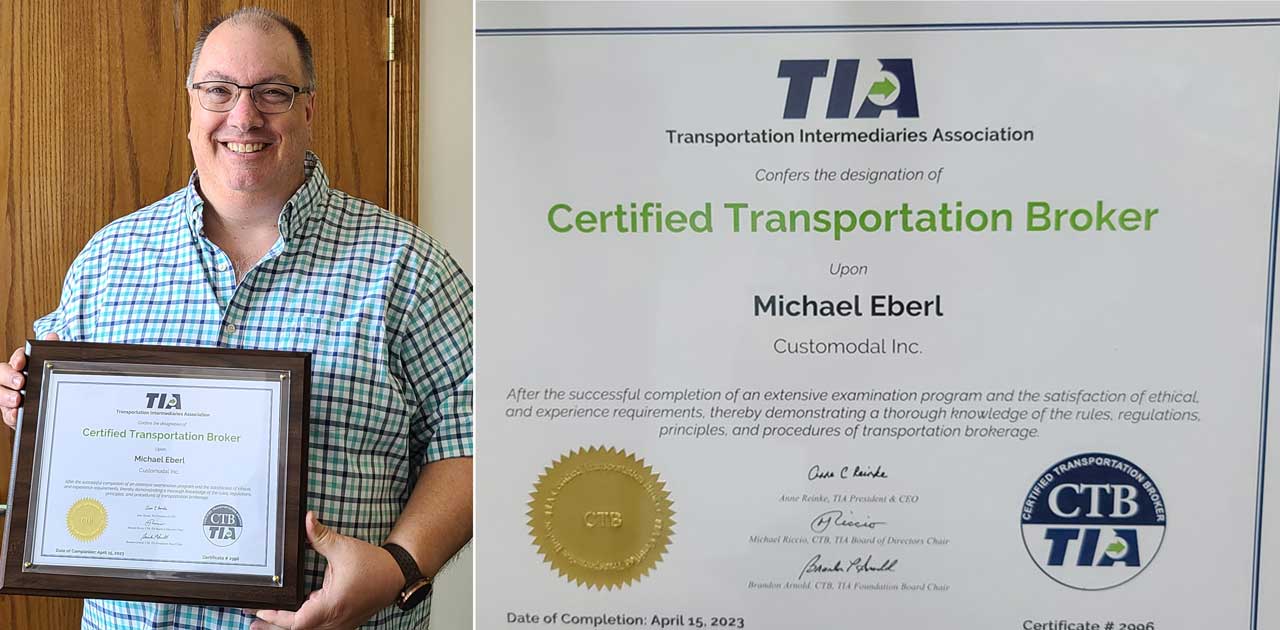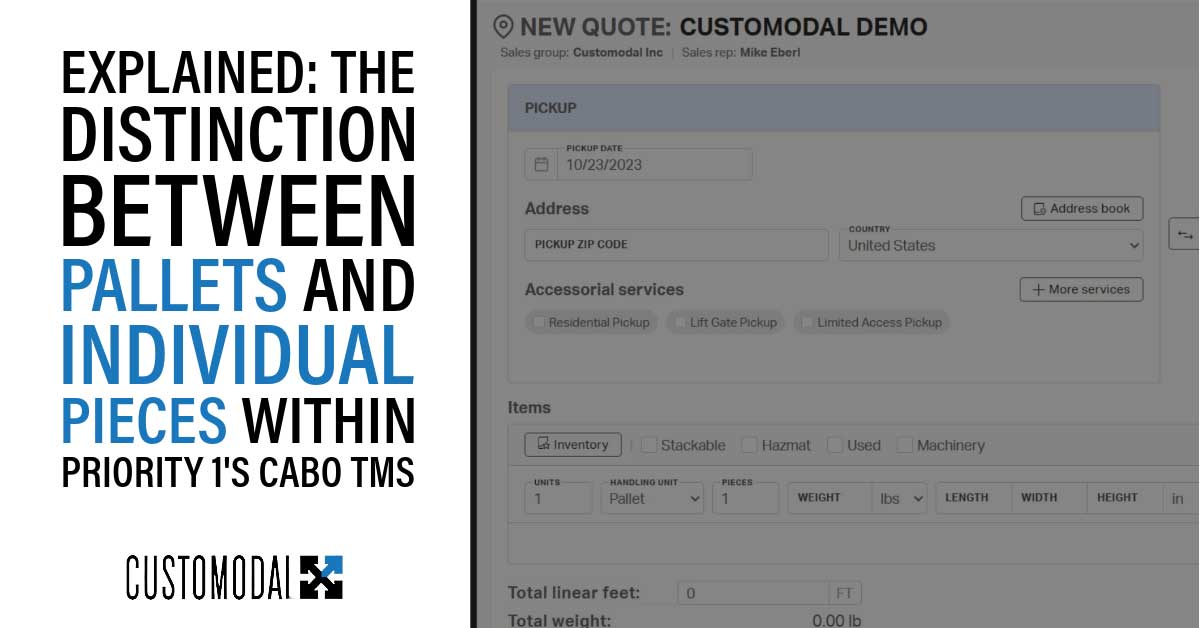
Inbound freight is the lifeblood of any supply chain, encompassing the movement of goods from suppliers to businesses. Yet, managing this flow presents challenges like soaring shipping costs, unpredictable lead times, and the complexities of inventory control. Inbound freight consolidation emerges as a strategic solution, offering the potential to streamline logistics, cut costs, and optimize the entire inbound supply chain process.
What is Inbound Freight Consolidation?
Inbound freight consolidation is the practice of combining multiple smaller shipments from various suppliers into one larger shipment. Think of it as a carpool for your goods. Instead of each supplier sending a separate truck, they combine their shipments, reducing the number of trucks on the road and optimizing transportation resources.
The core purpose of consolidation is to improve efficiency and reduce costs. By consolidating shipments, businesses can:
-
Reduce shipping costs: Fewer shipments mean lower transportation expenses and potentially better carrier rates.
-
Improve lead times: Streamlined transportation and reduced handling can lead to faster deliveries.
-
Enhance inventory control: Consolidated shipments provide better visibility of incoming goods, making inventory management more efficient.
-
Reduce environmental impact: Fewer trucks on the road translate to lower fuel consumption and reduced carbon emissions.
For example, imagine a clothing retailer sourcing fabrics from multiple suppliers across different countries. Instead of each supplier shipping their materials separately, the retailer could partner with a consolidator. This consolidator would gather all the fabrics at a central location, combine them into a single shipment, and transport them to the retailer's warehouse.
This approach not only reduces shipping costs but also simplifies the receiving process for the retailer. They now deal with one large shipment instead of multiple smaller ones, streamlining their operations and freeing up valuable time and resources.
Inbound Freight Consolidation Strategies
Inbound freight consolidation isn't a one-size-fits-all solution. There are various strategies businesses can employ, each with its own set of advantages and considerations. Let's explore three of the most popular and effective inbound freight consolidation strategies: combining shipments from multiple suppliers, utilizing distribution centers, and optimizing transportation modes.
1. Combine Shipments from Multiple Suppliers
One of the most effective inbound freight consolidation strategies involves combining shipments from various suppliers into a single, larger shipment. This approach offers several key advantages:
-
Reduced shipping costs: By consolidating LTL (less-than-truckload) shipments into FTL (full-truckload) shipments, businesses can significantly reduce transportation costs. FTL shipments typically have lower per-unit costs compared to LTL, as they utilize the truck's full capacity.
-
Simplified logistics: Dealing with one consolidated shipment instead of multiple smaller ones simplifies receiving, handling, and documentation processes. This streamlines warehouse operations and reduces administrative overhead.
-
Improved efficiency: Consolidated shipments often have shorter transit times as they bypass intermediate handling and sorting facilities. This leads to faster deliveries and improved overall supply chain efficiency.
Effective consolidation requires close coordination and communication with suppliers. Clear communication channels, shared shipment schedules, and standardized labeling procedures are crucial for smooth and successful consolidation. Technology such as transportation management systems (TMS) can help streamline communication and track shipments in real-time.
The average cost of shipping a full truckload (FTL) is 16% lower than shipping the same volume via less-than-truckload (LTL) shipments. This demonstrates the cost-saving benefits of strategies like consolidating LTL shipments into FTL.
While consolidating shipments directly from suppliers offers significant benefits, utilizing distribution centers adds another layer of efficiency to the process.
2. Utilize Distribution Centers
Distribution centers play a crucial role in inbound freight consolidation. They act as central hubs where goods from multiple suppliers are received, consolidated, and then shipped to their final destinations. The benefits of using distribution centers are threefold:
-
Reduced transportation distances: By strategically locating distribution centers closer to end customers, businesses can reduce the overall distance traveled by goods, leading to lower transportation costs and faster deliveries.
-
Improved delivery efficiency: Distribution centers enable efficient sorting and routing of consolidated shipments, ensuring timely deliveries to customers.
-
Increased flexibility: Distribution centers provide a buffer against supply chain disruptions, allowing businesses to maintain inventory levels and fulfill orders even in case of delays from individual suppliers.
For example, a national grocery chain might utilize regional distribution centers to consolidate shipments from various produce farms and food manufacturers. This allows them to efficiently sort, store, and redistribute goods to individual stores, ensuring fresh products reach consumers quickly and cost-effectively.
Optimize Transportation Modes
While distribution centers offer a powerful way to streamline consolidation, the benefits can be amplified by carefully selecting the right transportation methods to move consolidated freight.
The right transportation mode is essential for successful inbound freight consolidation. Different modes offer varying levels of speed, cost, and capacity, and selecting the optimal mode depends on factors such as shipment size, distance, and urgency.
-
Dedicated truckload (FTL): This option is ideal for large shipments that fill an entire truck. It offers cost-effectiveness and direct delivery but may not be suitable for smaller consolidated shipments.
-
Less-than-truckload (LTL): Suitable for smaller shipments that don't require an entire truck. It offers flexibility but can be more expensive and involve longer transit times due to multiple handling and sorting points.
-
Intermodal transportation: This option combines different modes, such as truck and rail, to optimize cost and efficiency. Intermodal offers a balance between cost and speed, particularly for long-distance shipments.
For instance, a company shipping electronics might opt for intermodal transport, utilizing rail for long distances and trucks for final delivery. This balances cost-efficiency with speed, ensuring products arrive quickly without excessive transportation expenses.
By strategically implementing these inbound freight consolidation strategies, businesses can optimize their logistics operations, reduce costs, improve lead times, and gain a competitive edge in the marketplace.
How to Get Started With Inbound Freight Consolidation
Implementing inbound freight consolidation requires a strategic approach and careful planning. Here's a step-by-step guide to help businesses get started:
-
Analyze Current Inbound Freight: Begin by thoroughly analyzing your current inbound freight operations. Identify your key suppliers, shipping volumes, transportation modes, and associated costs. This assessment will reveal areas for improvement and potential consolidation opportunities.
-
Identify Consolidation Partners: Collaborate with your suppliers, carriers, and potentially third-party logistics providers (3PLs) to explore consolidation possibilities. Open communication and shared goals are crucial for successful partnerships.
-
Choose the Right Consolidation Strategy: Select the consolidation strategy that best aligns with your business needs and supply chain characteristics. This could involve combining shipments from multiple suppliers, utilizing distribution centers, or optimizing transportation modes.
-
Implement Technology Solutions: Leverage freight tech, such as transportation management systems (TMS), to streamline consolidation processes. TMS can help track shipments, optimize routes, and manage communication with partners.
-
Monitor and Optimize: Continuously monitor your consolidation strategy's performance and make necessary adjustments. Track key metrics like shipping costs, lead times, and inventory levels to assess the effectiveness of your approach.
Collaboration is the cornerstone of successful inbound freight consolidation, and nurturing strong relationships with suppliers and carriers is paramount. This is where the expertise of a third-party logistics provider (3PL) can truly shine–acting as invaluable partners, coordinating communication and logistics between all parties involved.
By leveraging technology and collaborating effectively with 3PLs, businesses can unlock the full potential of inbound freight consolidation and achieve significant improvements in their supply chain performance.
Customodal: Your Partner in Inbound Freight Consolidation
Inbound freight consolidation empowers businesses to transform their supply chains, driving efficiency and cost savings. By consolidating shipments, companies can unlock benefits like reduced shipping costs, faster lead times, and improved inventory control. These improvements contribute to a leaner, more agile supply chain, enabling businesses to respond effectively to market demands and gain a competitive edge.
For businesses seeking to implement consolidation strategies, the key lies in thorough planning, collaboration, and the right technology. Analyze your current inbound freight operations, identify consolidation partners, and choose the strategy that best suits your needs.
Customodal offers a comprehensive platform to streamline your inbound freight operations. Our solutions provide real-time visibility, optimize routes, and facilitate seamless communication with suppliers and carriers.
Contact us today to explore how Customodal can help you achieve your consolidation goals and unlock the full potential of your supply chain.





